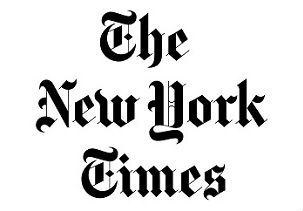Bloomberg, Champion of the Poor

By Michael B. Katz
DURING New York City’s mayoral race, criticism of Mayor Michael R. Bloomberg for neglecting the poor ignored his bold and unprecedented antipoverty measures. He may not have eliminated inequality or reversed the impact of the Great Recession — over the last two years, the poverty rate has crept up to 21.2 percent from 20.1 percent — but failure to acknowledge what he did in fact accomplish is not only unfair but also shortsighted. Usually depicted as a champion of the rich, Mr. Bloomberg mounted an antipoverty program at a moment when poverty as an issue was off the national radar and even politically toxic.
In March 2006, the mayor appointed a 32-member blue-ribbon commission to advise him on antipoverty strategy, at a time when no other mayor of a major American city had made poverty a priority. Mr. Bloomberg’s commission developed an alternative measure of the poverty line, prompting the United States Census Bureau to do the same, which calculated that more New Yorkers were poor in 2009 than the official measures suggested — 19.9 percent compared with 17.3 percent. The commission recommended directing the city’s resources to three groups that were especially at risk: the working poor, young adults between the of ages 16 and 24, and families with children below age 6.


